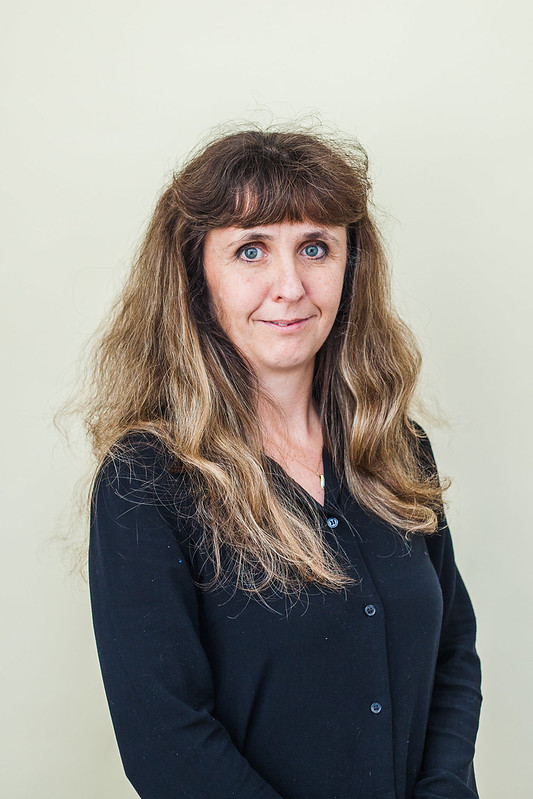The team of doc. RNDr. Marie Hubálek Kalbáčová, Ph.D.
The team of doc. RNDr. Marie Hubálek Kalbáčová, Ph.D., located at the Institute of Pathological Physiology of the First Faculty of Medicine of the Charles University, always includes several undergraduate students who are working on their bachelor or master’s theses, several graduate students who pursue their studies in several different specialisations, and the wonderful lab assistant Blanka Bílková. The team also frequently hosts includes postdocs and international students, for instance those coming within the Erasmus+ programme.

The laboratory of interaction of cells and nanomaterials conducts research into cell behaviour. Researchers in the laboratory either cultivate cells on various nanomaterials – such as nanodiamonds, graphene, titanium, and biopolymers, that is, materials of different chemical properties, surface topography, conductivity, etc. – or investigate the behaviour of cells in contact with other nanomaterials in the form of nanoparticles, such as silicon doped with boron and phosphorus, silicon carbide, cerium oxide, gold, silver, etc. These materials vary in their properties, such as size, shape, electric charge, and surface treatment. The aim of this research is to identify materials that may be useful for the production of bone replacements or biosensors in the case of cultivation substrates or nanoparticles suitable for bioimaging, drug delivery, eventually protection against oxygen radicals.
Collaboration and projects
Research orientation of the team of doc. Hubálek Kalbáčová is such that various national and international collaboration with physicists, chemists, and materials experts is essential to its progress. The laboratory collaborates with teams from a number of different institutes of the Academy of Sciences of the Czech Republic (A. Kromka, B. Rezek, M. Kalbáč, T. Suchý, M. Hubálek, and others), with groups from the Faculty of Mathematics and Physics of the Charles University (J. Valenta, A. Fučíková, S. Yu, and others), and with teams from the University of Chemistry and Technology in Prague (A. Řezníčková, B. Dolenský, P. Řezanka, and others) and Technical University in Liberec (J. Chvojka, P. Louda, and others). In international context, we collaborate with groups at TU-Dresden (D. Scharnweber, U. Hempel), MIT (D. Strano), Sloan Kettering Institute (D. Heller), and with teams from Slovakia (P. Šugár, V. Skákalová), Italy (G. Bardi, G. B. Fiore), Taiwan (K. Chang), and Poland (G. Sulka, I. Lasocka). The group of doc. doc. Hubálek Kalbáčová has also cooperated with colleagues from Hungary (A. Gali) and Japan (M. Fuji) on several international grants.
World’s first
In terms of work with nanomaterials as surfaces for incubation of cells, doc. Hubálek Kalbáčová’s team was the first in the world to successfully cultivate human cells on large surface graphene (several mm2). Later observations then enabled the scientists to explain why this graphene is a suitable cultivation substrate, just like nanodiamond layers with fine nanotopography and controllable wettability. During its work with nanoparticles, the group found out how the protein corona influences the entry of silica and diamond ultrasmall (2 nm) nanoparticles into cells and how they influence the immune reaction on nanoparticles of silicon carbide.
